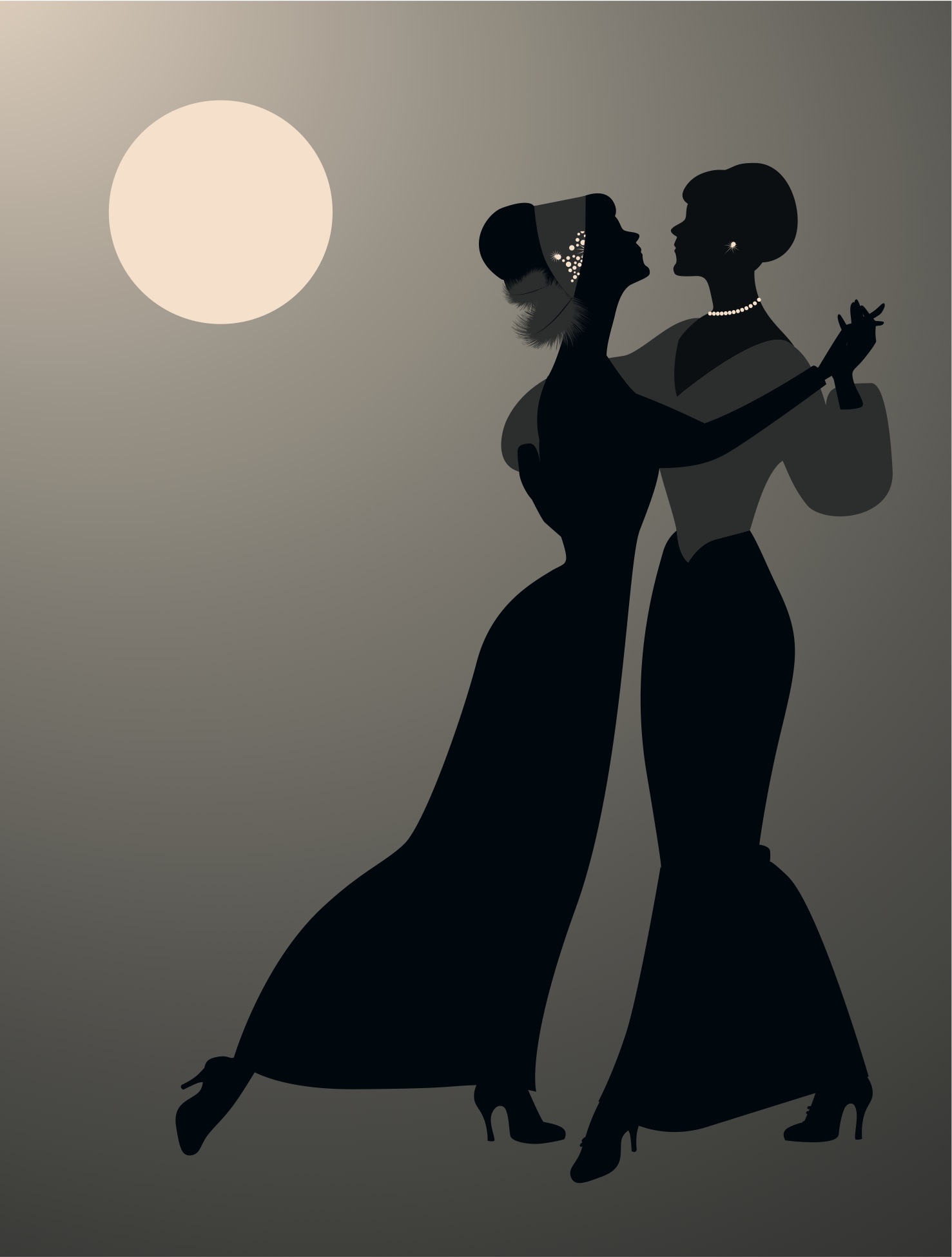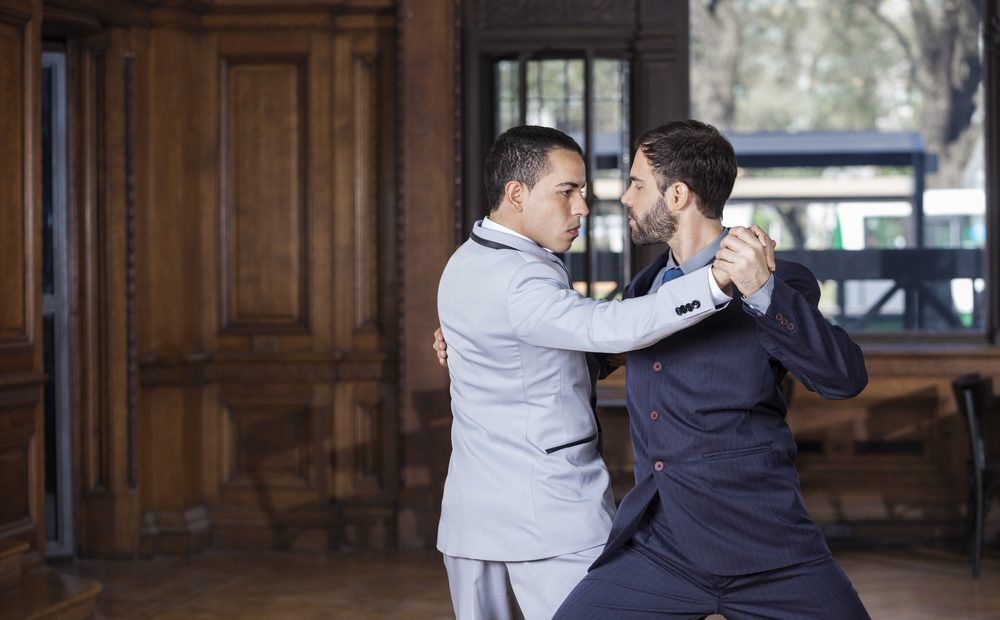The tango, Argentina’s national dance, is seeing a resurgence in an unlikely place…the LGBTQ community. Historically, the tango is an extremely heteronormative and male-controlled dance. Traditionally, a woman could only dance the tango with a man, and the man must be the one who approaches the woman, and the man must be the lead in the dance. In the 90’s, however, a new underground movement formed within Buenos Aires, Queer Tango. Groups of LGBT people, and even tango lovers who simply didn’t want to follow the strict rules, secretly came together to dance and have fun, without the pressure of society beaming down on them.

A patron of a queer tango group told the BBC, “Tango, for me, is the encounter with your partner through the dance, the sensuality, and the eroticism.”
One of Argentina’s top queer tango groups is, Tango Queer. Here, and at places like it all around the city, men can dance with men, women can dance with women, women can lead men, and if anyone so chooses, a man can lead a woman. It’s all about developing community, becoming friends, and enjoying the pure thrill of dancing without the annoying social stigmas.
The movement has even spread to the US. The Washington Post recently reported on BloomBars in the D.C. area that now hosts queer tango classes.
Interestingly enough, The Independent recently quoted a book about the history of tango called, The Meaning of Tango, which revealed that back in tango’s origins, it was quite common for men to dance with men. Buenos Aires had an extremely skewed ration of men to women, so getting your chance to actually dance with a lady wasn’t always available. In order to keep practicing the tango, men routinely would simply dance with other men. So this asks the question, is queer tango a radical new movement, or is it actually taking the dance back to its original roots?


